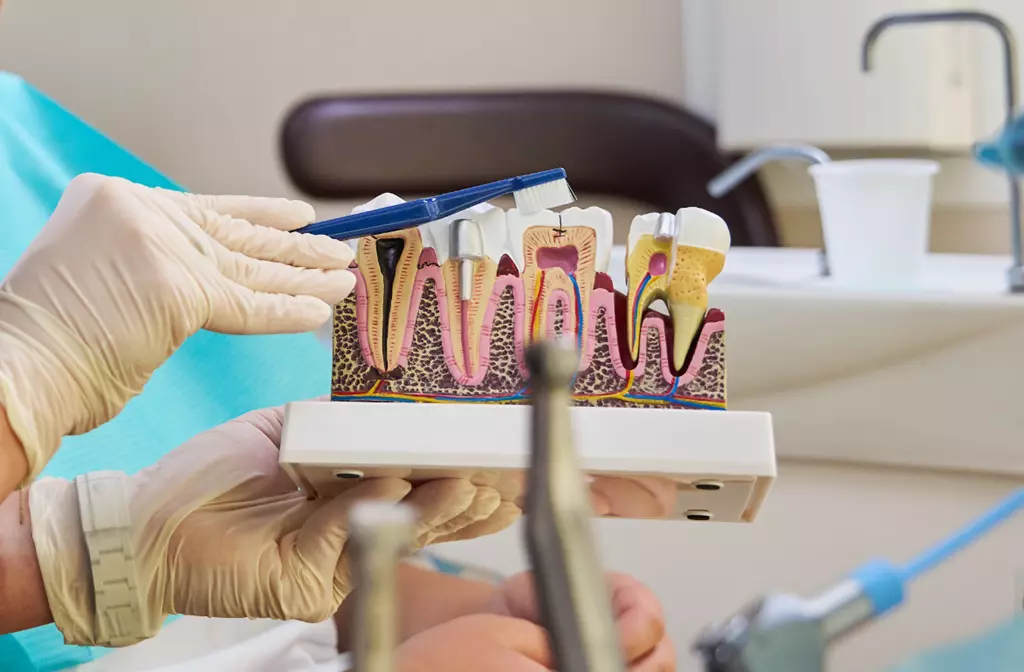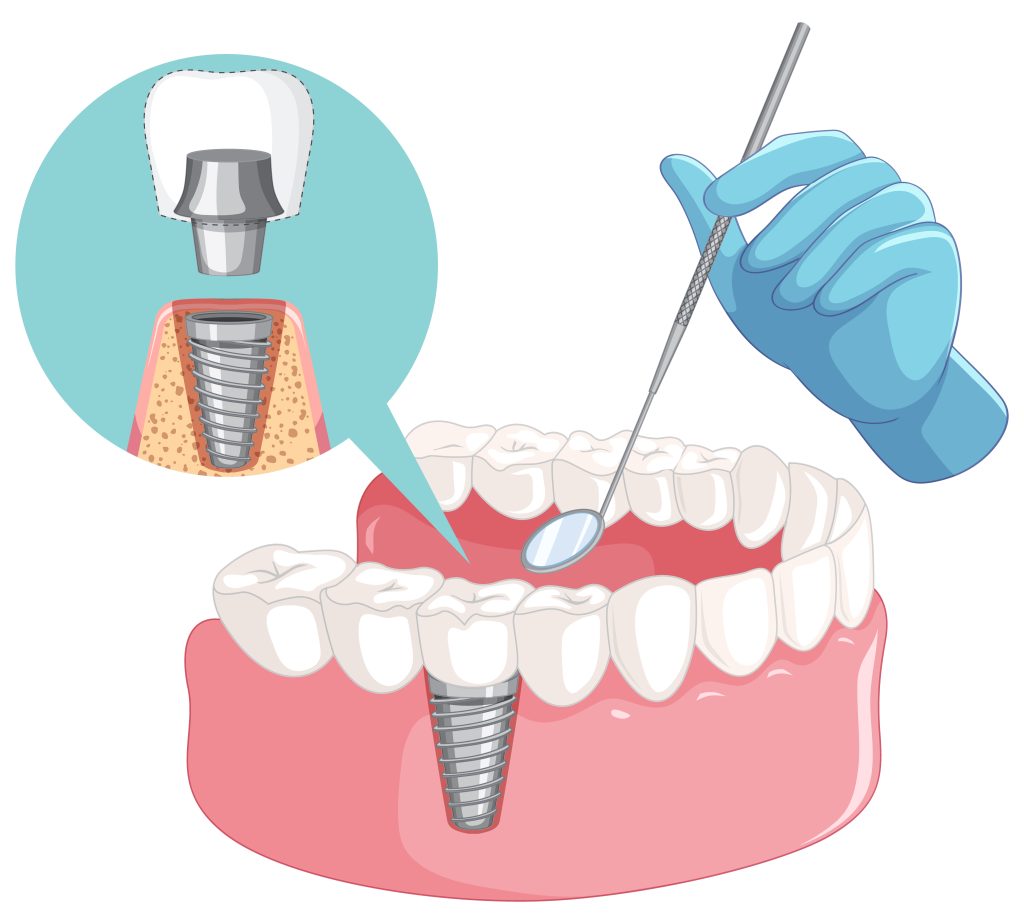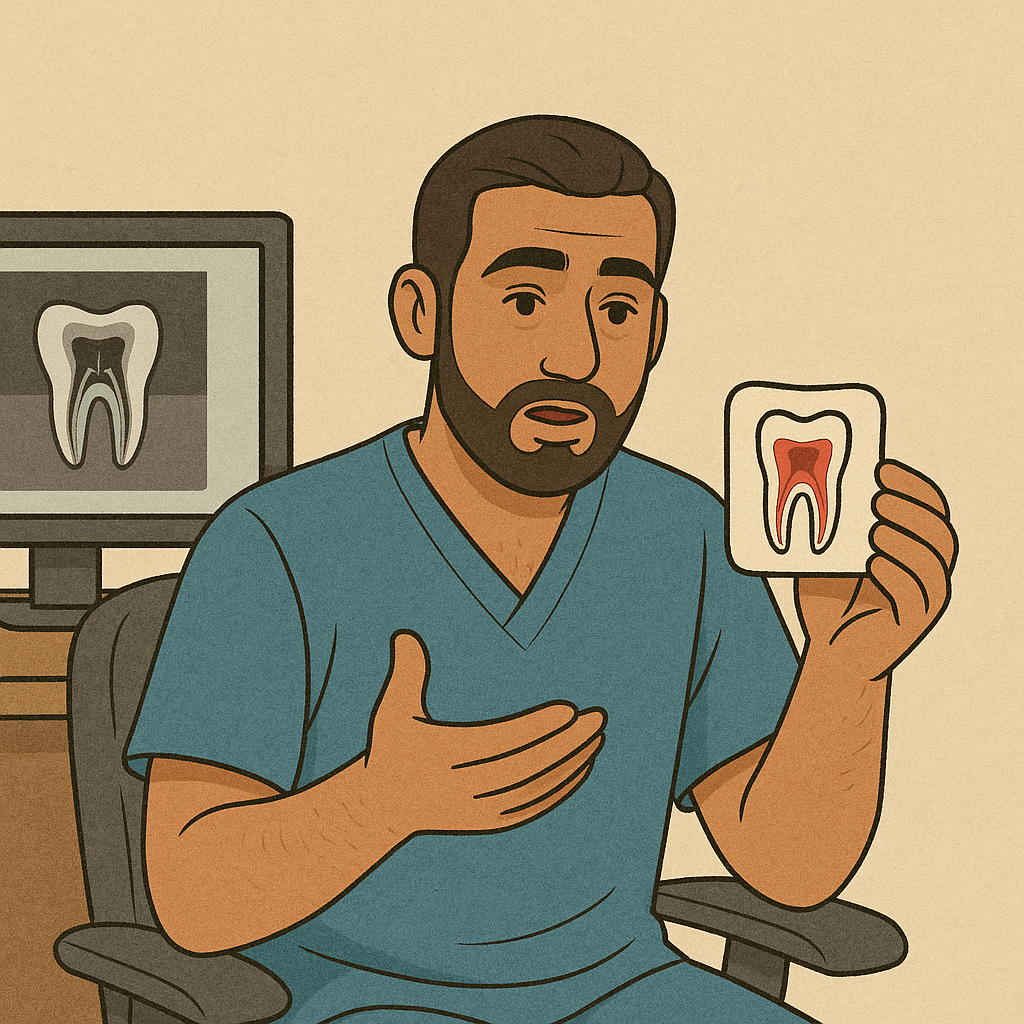Strengthening Foundations. Restoring Smiles. Building Confidence.
At TRUE SMILE Dental Centre in Abu Dhabi, we believe that every confident smile begins with a strong and stable foundation. For many patients, the true foundation goes beyond the visible teeth and gums and includes the jawbone hidden beneath, which keeps everything stable. When the bone becomes thin, weak, or diminished, it can compromise both function and appearance. That is where dental bone grafting plays a vital role.
Many people are concerned when they hear about oral bone loss. It’s actually common after teeth are removed, gums become diseased, or trauma occurs. If not addressed, the bone can recede, making implants harder to place and causing a hollow look near the lips and cheeks. Bone grafting replaces the missing support, readies the jaw for treatment, and helps keep your face looking balanced.
As dental surgeons, we view bone grafting not as a barrier but as a solution. It transforms situations that once seemed hopeless into opportunities for lasting rehabilitation. In practical terms, it means we can often provide implants for patients who were told elsewhere it was impossible. In aesthetic terms, it means restoring harmony in the smile, supporting the lips and cheeks, and preventing premature aging of the lower face. Most importantly, we want patients to know this: bone grafting is not experimental or unusual. It is a well-established, safe, and predictable part of modern dentistry.
What Is Dental Bone Grafting?
In simple terms, bone grafting means adding or replacing bone in the jaw to strengthen it. You might hear the term in orthopaedics or oral surgery, but in dentistry, it is most often connected with implants.
When a tooth is lost, the bone in that area starts to shrink. Within months, the jaw can lose width and height. Without intervention, placing an implant becomes risky or impossible. Bone grafting for dental implant procedures solves this by giving us new bone volume where it’s needed.
Medically speaking, a bone graft activates your body’s natural repair process. The material, whether synthetic, donated, or taken from you, serves as a framework. As healing progresses, your body replaces that framework with living bone. In dentistry, grafting is not just adding material; it is guiding natural bone growth.
When Is Bone Grafting Needed for Implants?
Not every patient needs a bone graft before getting implants. However, there are familiar situations where it becomes the best first step:
Long-term tooth loss: when a space has been present for months or years, the jawbone in that region naturally resorbs and becomes narrower and shorter. A ridge-preservation graft placed at the time of extraction helps maintain shape and makes later implant placement more predictable.
Severe gum disease: advanced periodontitis damages both soft tissue and the supporting bone. After infection control, a graft can rebuild the lost foundation so an implant has stable support.
Trauma or infection: injuries, cysts, or complications from previous treatments may leave hollowed or irregular areas in the bone. Grafting restores contour and strength, reducing complications when an implant is placed.
Anatomical limitations: in the upper back jaw, the maxillary sinus can sit close to the tooth area, leaving too little vertical bone. A sinus lift adds bone beneath the sinus floor so an implant can be positioned safely and securely.
Complex bite correction: when the bite needs significant rehabilitation or multiple restorations are planned, existing bone may be too thin or weak. A graft improves load distribution and helps the final work last longer.
At TRUE SMILE, we use 3D CBCT imaging to measure bone height, width, and density with precision. We review the scans with you, explain your options clearly, and confirm whether an implant can go in immediately or if staged grafting will give you the best outcome.
How the Bone Grafting Procedure Works
- How We Perform Bone Grafting
- At TRUE SMILE, bone grafting is planned with precision and delivered with your comfort in mind. Here is the sequence we follow:
- Consultation & Diagnostics: We begin with a 3D CBCT scan and a complete oral examination. We explain what grafting means for your specific case, review the available techniques and materials, and recommend the option that aligns with your goals.
- Planning: Together we decide on timing. Some patients benefit from grafting before implant placement, while others can have both procedures in a single visit. When appropriate, combining them shortens overall treatment time.
- Surgery: With local anesthesia, and sedation if you prefer, the graft material is placed at the site where bone is lacking. A protective membrane may be used to shield and secure the graft. Most procedures take 30 to 90 minutes, depending on complexity.
- Healing Phase: Over the next few months, your body remodels the graft and replaces it with living bone. This is the recovery period when patience leads to the strongest, most predictable result.
- Implant Placement or Restoration: Once the graft has integrated and is stable, we move forward with implants or your final crowns. The new, healthy bone provides firm support for long-lasting function and appearance.
Types of Bone Grafting and Materials Used
Every patient is different, so the graft we choose depends on your anatomy, goals, and timeline. Modern dentistry offers several proven categories:
Autografts: bone taken from you, typically from the chin or the back of the jaw. Because it is your own tissue, it fuses readily and carries natural healing signals. The trade-off is a second surgical site, which adds a little more healing time.
Allografts: donated human bone that has been thoroughly screened, processed, and sterilized. It avoids a second harvest area and provides a reliable framework for your bone to grow into. This option is widely used for routine ridge repairs and implant preparation.
Xenografts: bone substitutes from animal sources, most often bovine, refined to be biocompatible. These materials are valued for holding their shape as your bone slowly replaces them, which helps maintain contour in areas that tend to collapse.
Alloplasts: fully synthetic materials such as hydroxyapatite, beta-TCP, calcium sulfate, or bioactive glass. They are consistent from batch to batch, contain no human or animal tissue, and are engineered to resorb at a predictable rate while guiding new bone growth.
Sometimes we blend materials to match your needs, for example, pairing a slower-resorbing xenograft to preserve volume with a faster-turnover allograft to speed integration. The selection is guided by your medical history, the size and location of the defect, treatment timing, and personal preference. We use only certified products cleared by recognized regulators in the EU and the US.
Cost of Bone Grafting and What Affects the Price
Understandably, patients often ask about price. The truth is that bone grafting costs depend on several factors: the size of the area, the type of material used, whether the graft is combined with implant surgery, and whether a sinus lift or gum grafting is also required.
Recovery After Bone Grafting
Patients often ask: How long does bone grafting take to heal?
Healing occurs in phases. Gum tissue typically seals the area within ten to fourteen days. The deeper bone rebuilding and integration usually require three to six months. The timeline varies with the graft type and your overall health.
What to expect during recovery:
- Slight swelling and tenderness are common for the first 48 to 72 hours.
- Most patients return to work the next day, unless the job is physically demanding.
- Discomfort is usually controlled with standard pain medication.
- You will come in for check-ups so we can confirm that the graft is stable.
- Follow the aftercare plan, including soft foods at first, careful brushing, and salt-water rinses if advised.
- Avoid smoking and strenuous exercise during the early healing period, since both can slow recovery.
When to call the clinic: Fever, worsening pain after day three, persistent bleeding, or swelling that increases instead of settling down.
Why Choose TRUE SMILE for Bone Grafting in Abu Dhabi
Choosing the right bone grafting dentist matters. At TRUE SMILE Dental Centre we offer:
- Expertise – Our team includes oral surgeons and implantologists with international training.
- Technology – Digital 3D planning, microsurgical instruments, and guided surgery protocols.
- Comfort – Options for sedation, gentle techniques, and full aftercare support.
- Track Record – Hundreds of successful dental implant bone grafting procedures each year.
- Personalised Care – We adapt to your schedule, whether you are a diplomat, executive, or frequent traveller.
Patient Reviews and Consultation Offer
“I was told implants were impossible without bone grafting. At TRUE SMILE, they explained everything clearly, used modern bone grafting dentistry, and six months later, I had my implants. I can eat and smile again.” — Layla, 42
“I travel often, and the team worked around my schedule. Bone grafting recovery was easier than I feared. My implant feels like a real tooth.” — Ahmad, 51
We are proud to transform patient stories into lasting results.
























